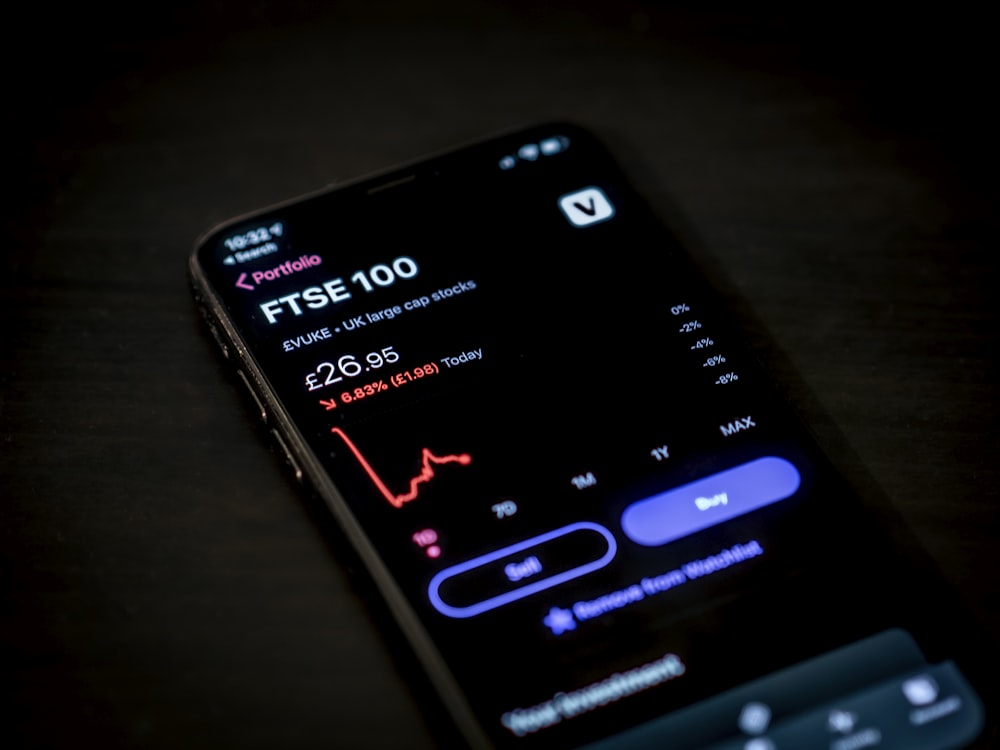
Want to become a member of Eat My News? You can enrol for EMN membership now from here.
What are shares?
Shares are units of ownership that are issued by companies to people to provide them with a share in the ownership of the country. These shares provide the shareholders with dividends or interest in the profits if any.
Why do companies issue shares?
Shares are issued to the public by companies for a mutual benefit, i.e. benefit to the company as well as the shareholders. The company can easily get the required amount of money it requires as capital to expand its business at any given point of time. This is because once the company makes a call for shares, people who hold these shares have to pay a certain portion of the amount of the shares taken by them to the company.
In return, the shareholders get interests or dividends on the profits of the company, if any. The rate of interest or dividend can either be fixed or unfixed. Usually, people prefer investing in shares of those companies that show a constant rise in profits in their income statements.
What are the different types of shares that a company issues?
There are several shares that companies issue. They are as follows:
1. Ordinary Shares
Ordinary shares are those shares that represent normal ownership of a company. These shareholders have voting right- ‘one person one vote’. this means that one person is entitled to one vote only. They are ranked after the preference shares, i.e. they get dividends right after the preference shareholders.
Their rate of dividend is fixed. Some companies issue more than one class of ordinary shares like ‘X ordinary shares’, ‘Y ordinary shares’ with different rates of dividend.
2. Deferred Ordinary Shares
These types of shares have one benefit and one limitation. The benefit is that these shareholders have the authority to fully participate in the working of the company. The limitation is that these shareholders only get their share of dividends after all other shareholders have been paid their portion of dividends. Thus, their dividend is not fixed. They also resemble equity shareholders.
3. Non-Voting Ordinary Shares
These type of shareholders have the same characteristics as an ordinary shareholder. There is only one difference- they usually do not have voting rights. This means that they can not participate in the working of a company. But, under certain conditions, they are sometimes allowed to do so. This type of share is taken by those people who want a fixed dividend but do not want to participate in the working of the company.
4. Preference Shares
Preference shares are the shares which promise the holder a fixed dividend, whose payment takes priority over that of ordinary share dividends. Capital raised by the issue of preference shares by the company is called preference share capital. Preference shareholders do not usually enjoy any voting rights.
These types of shares are usually taken by people who want a steady income. They have a ‘Hybrid Security’ system. It means that:
They get a fixed rate of dividends thus, they have a
steady income.
They get preferential right over their share at the time of winding up of the company. They are paid off right after the company pays off its loans and compulsory expenses.
5. Cumulative and Non-Cumulative Preference Shares
The preference shares that have the right to collect unpaid dividends in the future years, in case the same is not paid during a year are known as cumulative preference shares. The ordinary shareholders can not receive their share of dividends till the time until all the cumulative shares are paid off. They do not have voting rights.
6. Convertible and Non-Convertible Preference Shareholders
These shares are ordinary preference shares. Convertible preference shares are those shares that can be converted into equity shares at any given point whereas, non-convertible preference shares can not be converted.
7. Equity Shares
Equity shares represent the ownership of a company. The capital raised by a company by the issue of these shares is known as owner’s funds or ownership capital. These shareholders do not get a fixed rate of dividend. Once all the shareholders are given their share of dividends and all the liabilities have been paid off, all the amount that is left is given to the equity shareholders after the company keeps a reserve.
Equity shareholders actively participate in the working
and management of the company. This is because they invest in the company and
bear the largest risk. Their share of dividend is entirely based on the saying
‘Higher the risk, higher the return’. Sometimes, they do not get anything in
case the company has not performed well and earned enough profits. But if the
company earns super profits, whatever is left at the end after paying off
others is given to the equity shareholders. These shares are taken by those who
are willing to take higher risks in return for higher returns.








0 Comments